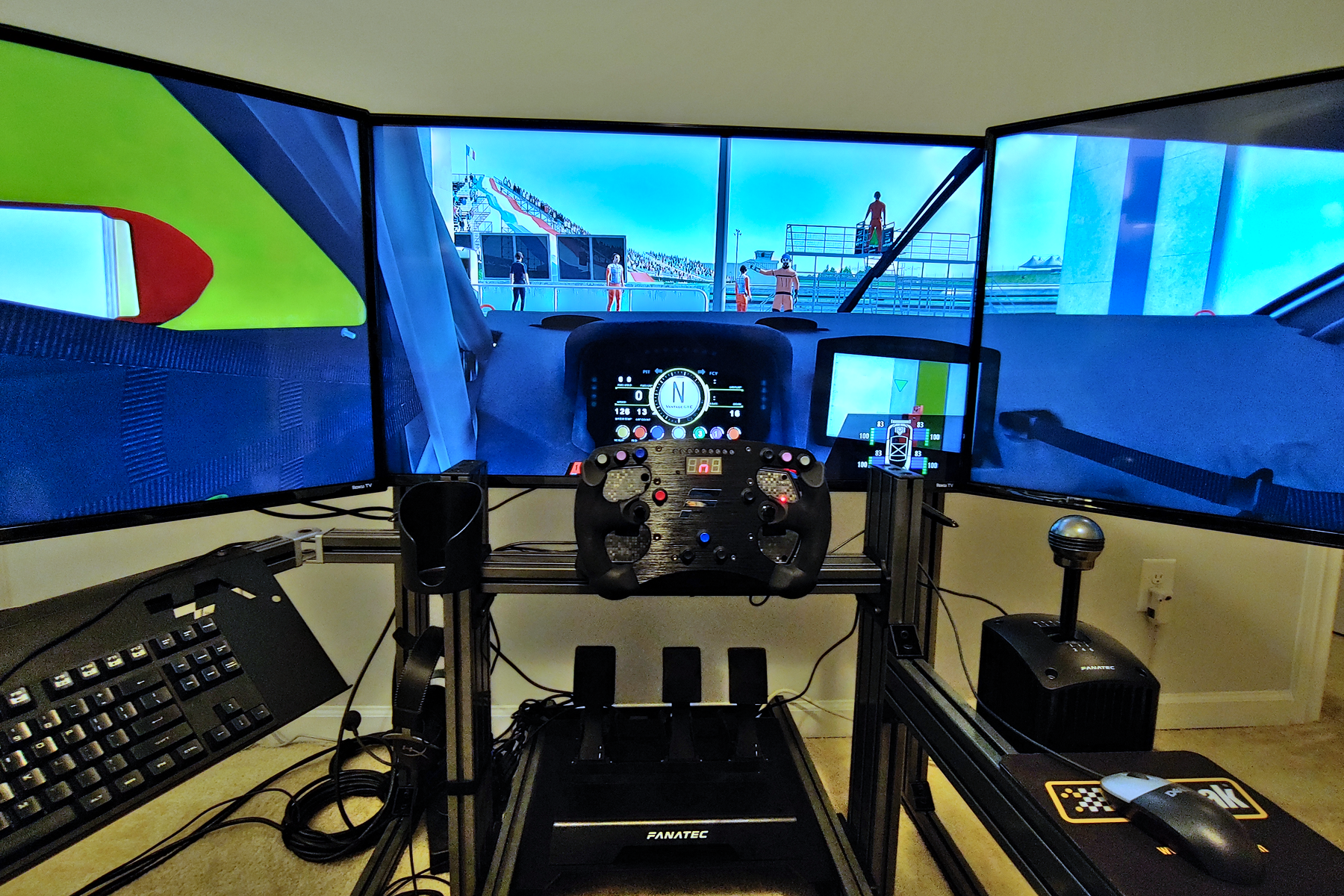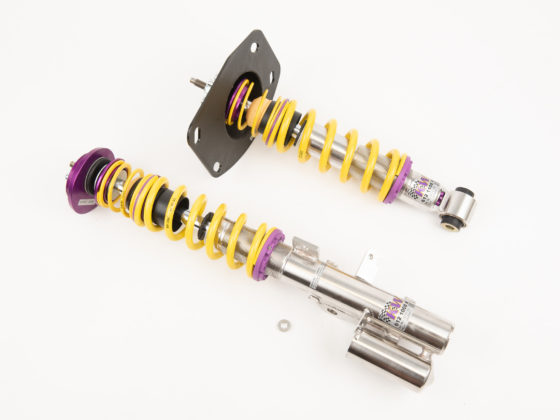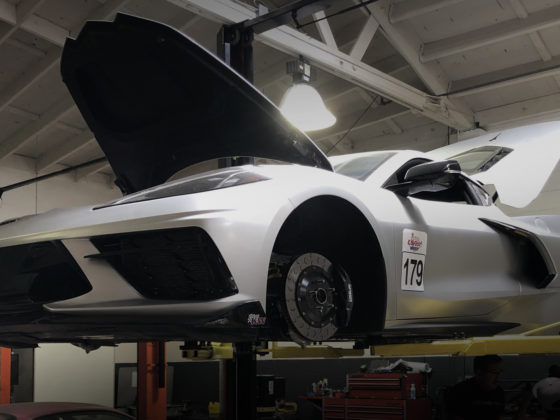
We last left Project Sim Racer quite some time ago. With time, though, things have a tendency to change. There’s been a global pandemic that put many car events on pause for a while. My own life has changed dramatically. Project SC300 is in a great spot, but budgets are now constrained and so I cannot get to the track as often as I want.
The pandemic really put sim racing into the limelight. For example, iRacing was on ESPN! One of the sims that I had been using, rFactor 2, has a vibrant community of racing leagues. With the downtime and life changes, I found myself starting to participate in the CMS Racing VWSC series, which uses GTE- and LMH-class cars. I was really enjoying it, and wanted to take things to the next level. So, a bunch of boxes arrived. In them would be a wonderful new rig from Advanced SimRacing, complete with a triple-monitor stand.

This rig is just fine and is especially good for the price. A bit more money will get you a lot more adjustability, stiffness/stability, and some interesting upgrade options. The GTA-F did come with a triple-monitor stand, but my 40″ displays wouldn’t fit in a triple configuration on it. Given the excitement around sim racing right now, it was easy to find a buyer locally. With some of the cost of my new rig offset, it was time to get to assembly.

80/20 has a wide range of uses and is actually a brand name like Band-Aid. The company, 80/20, Inc., mostly pioneered the use of T-slot structural framing, which is just an extruded piece of aluminum that comes in defined shapes and sizes.
In comparison to a manufacturer like SimCraft that has lots of welding jigs and extensively fabricated components that go into the rig, Advanced SimRacing can take advantage of mostly out-of-the-catalog components and a few machined plates to allow an end-user to do most of the assembly themselves. It’s a bit like the difference between buying fancy furniture that arrives ready for use and buying flat-packed furniture that you assemble at home.
Don’t get the wrong idea, though. Advanced SimRacing’s ASR4 is a brand new design that is in the middle of their price range but offers all the stiffness and adjustability you’d expect out of a high-end rig. Boy is this thing sturdy!
Assembling the rig is not much more than sliding the silver retainers in the slots and then using the socket cap screws to secure two aluminum extrusions together with the brackets.

We started by assembling the triple monitor stand.



